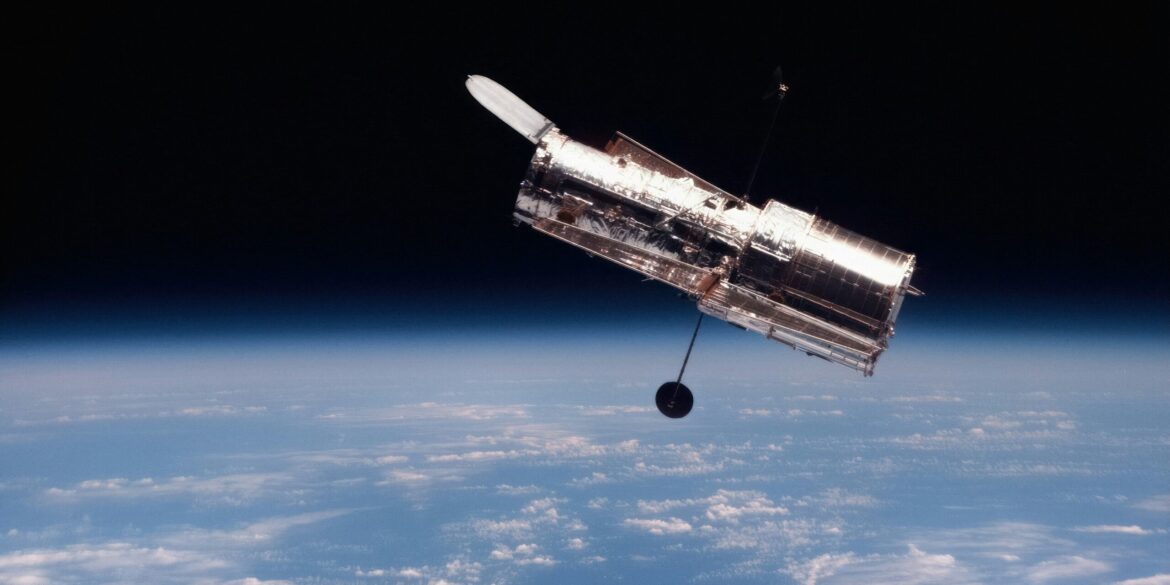On August 5, 2025, Rocket Lab achieved another major milestone in space technology with the successful launch of its Electron rocket carrying the QPS-SAR-12 satellite, nicknamed Kushinada-I. The launch, which took place from the company’s Launch Complex 1 in Mahia, New Zealand, marked the 69th mission of the Electron rocket and the latest addition to a growing constellation of synthetic aperture radar (SAR) satellites developed by the Institute for Q-shu Pioneers of Space (iQPS) in Japan. The precise deployment into a 575-kilometer circular orbit occurred just 54 minutes after liftoff, cementing Rocket Lab’s reputation for reliability and precision in small satellite launches.
The QPS-SAR-12 satellite is part of an ambitious project by iQPS to revolutionize Earth observation. This radar-equipped satellite is capable of capturing high-resolution images regardless of weather or lighting conditions, a key advantage over traditional optical imaging systems that depend on clear skies and daylight. Synthetic aperture radar technology works by bouncing microwave signals off the Earth’s surface and interpreting the returned signals to create detailed images. This enables around-the-clock, all-weather monitoring of environmental, urban, and natural phenomena across the globe.
Read Also: https://empirestatereview.com/nasa-holds-nisar-satellite-briefing-ahead-of-launch/
Kushinada-I joins an expanding network of SAR satellites that iQPS plans to grow to 36 by 2026. The constellation’s expansion allows for increasingly frequent imaging of the same location—up to 10 times per day in some cases—opening new possibilities for tracking environmental changes in near real-time. These capabilities are expected to provide significant benefits across sectors such as agriculture, disaster response, climate research, and infrastructure monitoring. For example, the satellites can be used to monitor crop health, map deforestation, detect landslides, or track urban development with precision unmatched by older technologies.
This latest mission is part of a broader agreement between Rocket Lab and iQPS that includes multiple dedicated launches. Earlier this year, Rocket Lab deployed QPS-SAR-9 in March, QPS-SAR-10 in May, and QPS-SAR-11 in June, each contributing to the rapid buildout of the constellation. The success of these missions demonstrates the growing demand for reliable, dedicated satellite launches as governments, research institutions, and private companies seek faster and more targeted access to space.
For Rocket Lab, the Kushinada-I launch reinforces its status as a leader in the small satellite launch market. With Electron now the second most frequently flown U.S. rocket of 2025, the company continues to carve out a critical role in delivering specialized payloads to orbit. Rocket Lab is also preparing for the debut of its Neutron rocket, a medium-lift vehicle designed to accommodate larger satellites and serve as a fully reusable launch system. This next-generation platform is expected to position Rocket Lab as a competitive force not only in the smallsat sector but also in broader commercial and government space operations.
The importance of this launch extends beyond commercial success. It represents a step forward in making high-quality Earth observation data more accessible and affordable. Traditionally, SAR imagery has been limited to government or defense users due to high costs and technical barriers. However, iQPS’s approach—using lighter satellites, commercial launch services, and scalable production—makes SAR imaging available to a wider range of users. These include local governments, environmental NGOs, insurance companies, and disaster relief organizations that previously lacked the means to acquire timely satellite data.
Kushinada-I and its sister satellites also offer crucial support in global climate monitoring efforts. With the ability to detect changes in ice coverage, sea level rise, and vegetation patterns, these satellites contribute directly to the scientific understanding of a rapidly changing planet. Their continuous data streams provide the kind of high-frequency updates needed to track the effects of global warming and to model future climate impacts with greater accuracy. The technology is particularly useful in disaster-prone regions where clouds often obstruct optical sensors—such as in the tropics during monsoon season or during hurricanes, when real-time radar imagery can guide emergency response.
As Earth observation becomes more critical to national security, climate adaptation, and economic planning, partnerships like the one between Rocket Lab and iQPS are playing an increasingly central role in shaping the future of space infrastructure. With commercial space providers now able to deliver high-frequency, reliable launches for niche applications, the age of general-purpose satellites is giving way to an era of specialization, in which each launch delivers tools for highly targeted, often life-saving missions.
Looking ahead, iQPS has plans for at least three more launches through late 2025 and into early 2026. Each new satellite will further reduce the revisit time between images and expand the constellation’s global coverage. If the pace continues, iQPS will soon be capable of offering near-continuous radar coverage over key regions, enabling everything from minute-by-minute shipping lane monitoring to real-time flood mapping.
The successful deployment of QPS-SAR-12 is more than a technical achievement—it is a signal that space-based Earth observation is entering a new phase. With companies like Rocket Lab providing agile, affordable access to orbit and innovators like iQPS reimagining satellite capabilities, humanity is gaining sharper, more reliable eyes in the sky. These tools promise to inform smarter decisions, enhance resilience to natural disasters, and deepen our collective understanding of the planet we call home.

